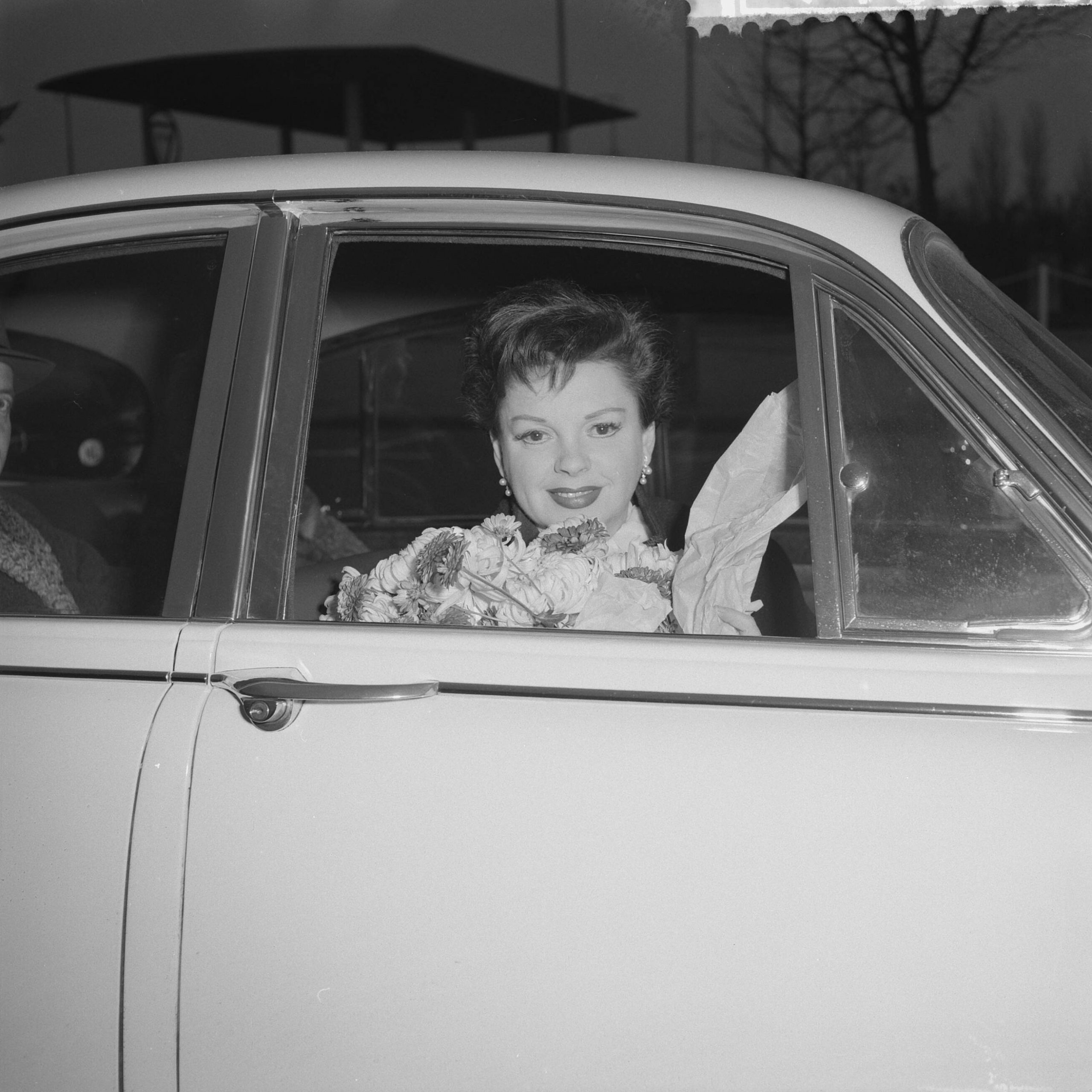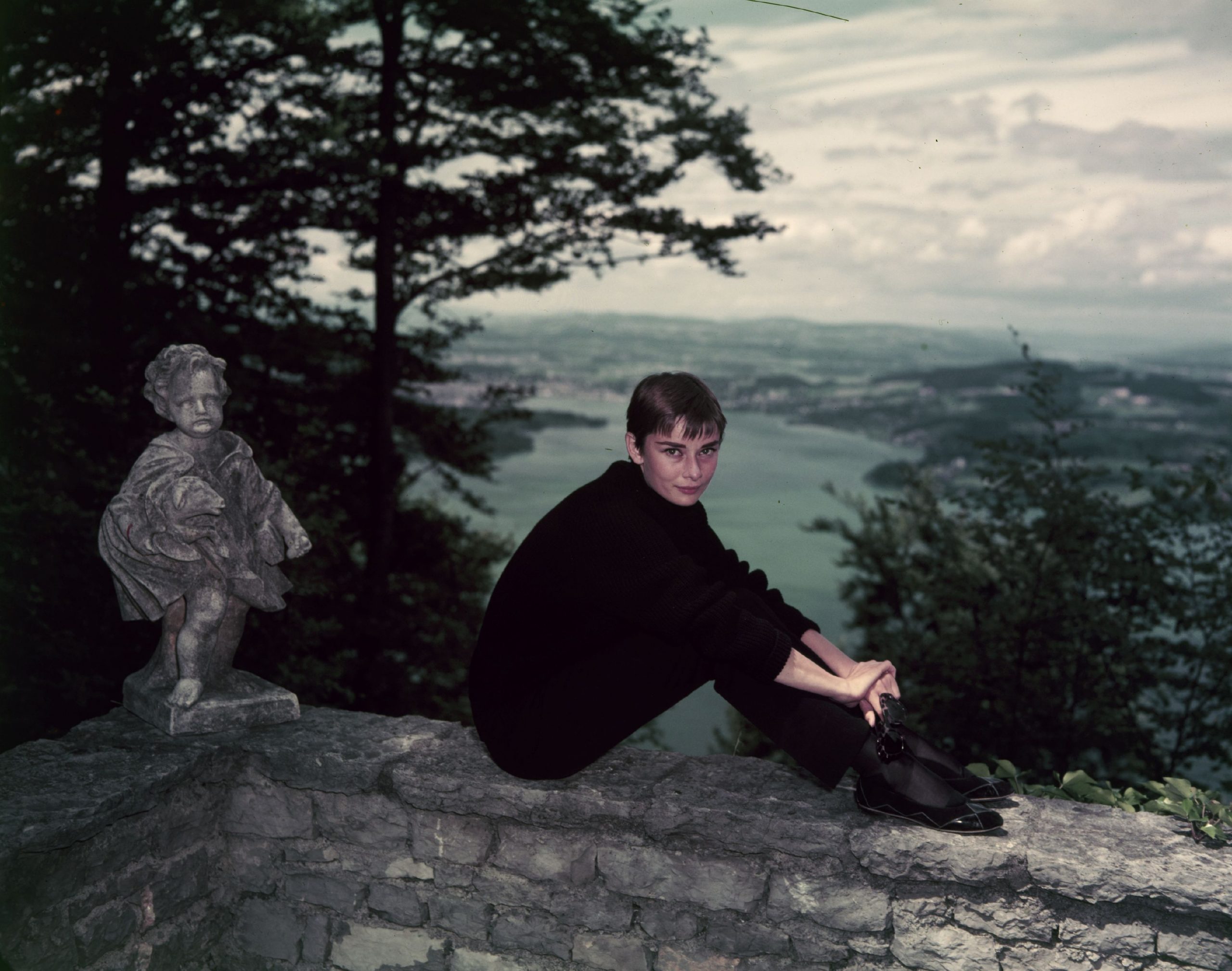He was a legend of French cinema: Jean-Paul Belmondo. From the 1960s, Jean-Paul Belmondo was one of the most famous actors of his generation.
At the age of 15, Jean-Paul Belmondo had set his mind on becoming a boxer: As a teenager, he participated in several boxing competitions. But to make it to a professional boxer, he lacked the hatred for the opponent, as he himself described.
In addition to boxing, Jean-Paul had a second passion: acting.
Training and extra roles
His parents enabled him to train at a private drama school during his late teenage years: Jean-Paul’s father was the acclaimed Parisian sculptor Paul Belmondo.
Belmondo’s career as an actor began in 1953 at a Paris theater with a role in a play by Jean Anouilh. His film career began a little later: he appeared in his first films in 1957 and 1958, but his involvement was initially limited to extra roles.
Nouvelle Vague
Jean-Paul Belmondo had his first supporting role in 1959 in the film An Angel on Wheels, which also starred Romy Schneider.
At the end of the 1950s, there was a new style in French cinema: the Nouvelle Vague movement [English: “New Wave”]. The Nouvelle Vague movement aimed for an author’s film that was to be realized with as few technical aids as possible and without a large production team. This set Nouvelle Vague films apart from classical French cinema, whose production was much more elaborate.
A classic film of the Nouvelle Vague was characterized by little perfectionism, but all the more by personal style. Preference was given to shooting realistic everyday scenarios. The movement’s role models included Alfred Hitchcock, Alain Resnais and Jean Renoir.
Youth idol
Important Nouvelle Vague directors were Jean-Luc Godard and François Truffaut: Jean Paul-Belmondo worked for both directors during his acting career.
Jean-Luc Godard’s debut work Breathless (1960) became one of the most important works of the Nouvelle Vague: Jean Paul-Belmondo was one of the main actors.
Today, Breathless is a classic of international cinema that also significantly influenced filmmakers outside of France.
Because of his appearance in the movie, Jean-Paul Belmondo quickly became a youth idol.
Together with Belmondo, French cinema culture had grown up: French directors were now not merely copying, they were being copied.
Breathless and That Man from Rio
The flick Breathless launched an era of success for Jean Paul-Belmondo: Between 1960 and 1964, Belmondo starred in 28 films. Belmondo worked for his success and recognition.
In 1960, he starred alongside Sophia Loren in the film Two Women.
The movie That Man from Rio (1964), directed by Philippe de Broca, helped Jean Paul-Belmondo achieve international fame: it was a film peppered with stunts and served as a model for the Indiana Jones series. Jean Paul-Belmondo performed his stunts himself and did not resort to a double. It was always his incentive to master every stunt scene himself, no matter how strenuous: this applied not only to That Man from Rio. Belmondo also performed his own stunts in numerous other films.
Jean Paul-Belmondo’s appearance was anything but typical for an action hero: His visage brought a breath of fresh air to French cinema. Until then, it was mainly US-American films that impressed the audience with their action. This changed with the film That Man from Rio.
Many of the Nouvelle Vague films in which Belmondo starred also influenced the U.S. film industry. Together with Belmondo, French cinema culture had grown up: French directors were now not merely copying, they were being copied. This was due in no small part to the public appeal of Jean-Paul Belmondo.
Historical dramas
In the film A Monkey in Winter (1962) Jean Paul-Belmondo played alongside Jean Gabin: it was the meeting of two legends of French cinema. Jean Gabin had been a famous character actor since the thirties, Belmondo belonged to a new generation of actors.
The French actor also immortalized himself in historical films: In Weekend at Dunkirk (1964) and Is Paris Burning? (1966), both high-budget productions, Belmondo demonstrated his acting skills in historical films.
In Is Paris Burning?, Jean-Paul Belmondo was part of a large star cast that included Gert Fröbe, Alain Delon, Charles Boyer and Kirk Douglas.
No Hollywood – with one exception
In 1967, Jean Paul-Belmondo also became part of the James Bond universe: In the Bond parody Casino Royale, Belmondo made a guest appearance as a French legionnaire.
Casino Royale was the only U.S. production in which Jean-Paul Belmondo starred: needless to say, Belmondo received countless offers from Hollywood during his career. He didn’t see the point of jeopardizing his success by speaking English instead of French: if one disregards his guest appearance in Casino Royale, Belmondo appeared exclusively in French productions during his career.
Secret agent Belmondo in The Professional
In 1970, Jean Paul-Belmondo appeared alongside Alain Delon in the gangster story Borsalino: This interplay between two of France’s most famous actors thrilled audiences.
In the eighties, more than 20 years after his career took off, Jean Paul-Belmondo was still one of the most sought-after actors in French cinema: in 1981, Belmondo appeared in the action thriller The Professional, for which Ennio Morricone composed the music. Instead of taking on the part of James Bond, Belmondo created his own secret agent role with his part in The Professional.
Belmondo and French cinema
Jean-Paul Belmondo’s attachment to French cinema culture is unparalleled. Hardly any other French actor has so often resisted the temptation to go to Hollywood.
Even after his death in 2021, it is impossible to imagine France’s film culture without Belmondo: with his acting skills, Belmondo paved the way for the Nouvelle Vague movement, which would hardly have achieved its fame without him.
He was proud to be able to perform his own stunts: Stunt doubles were a no-go for him.
The fact that Belmondo was still able to score film successes in the eighties proves the timelessness of the Belmondo type: like no other, he understood how to combine substantial cinema with action effects.
Cover picture: Jean-Paul Belmondo in Zurich for the gala screening of Cartouche at the Apollo cinema, 1962
Picture credit: ETH-Bibliothek Zürich, Bildarchiv / Photographer: Metzger, Jack / Com_L11-0108-0005-0001 / CC BY-SA 4.0

 Deutsch
Deutsch Français
Français









